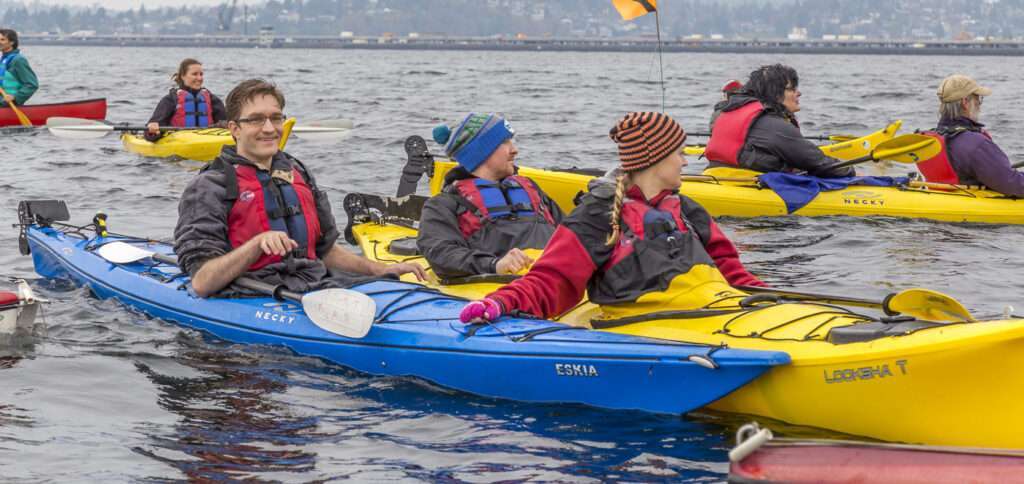Before you set out on any boating excursion, be it fishing, long distance, camping, or whitewater, its crucial to have your dry hatch essentials prepared and properly stocked in your kayak. Although all of these different styles typically require different calibers of gear and equipment, there are some not so obvious basics, necessary for any adventure. Making sure you know exactly how waterproof your hatch is before you begin packing is the first step. If you are unsure on how waterproof the space is and don’t have time for testing, be sure to double pack all of your goods into dry bags and then into the hatch to protect against the risk of water damage.
It is pivotal for any boater to understand that the hatch containers can only hold so much weight, yet with that said, it is important to be strategic about this Tetris-like gear shifting process. Make sure to get all of your packing completed before your boat hits the water by putting the larger, heavier items in the hatch first as this has proven to be the smartest, tried and true way to prioritize outdoor gadgetry. The closer these hefty items are to the cockpit, the better balance you will achieve, this is especially important if you are using a sea kayak or any long and narrow boat. Your lightest loads will traditionally fit best on the the bow and the stern or farthest away from your person.
If you have any items that do not quite fit in your hatch(es) you’ll learn quickly that the best option for additional compartmentalizing is the wonderful and brilliantly convenient deck bag perfect for a diverse range of kayaking activities. These deck bags come in all kinds of brands, shapes, and sizes pertaining to the type of yak deck you plan on tightly mounting them to, and they can be just as easily accessible from the cockpit as your dry hatches.
Center of gravity is greatly important when packing your deck bag. Make sure that you are saving heavier items for the inside of the hull instead of placing them on the deck to avoid capsizing or an unplanned overturn. Dry bags can be used for storage on the outside of your kayak or inside of the bow permitting your kayak has hollow portions. Lastly, when it comes to how to store, make sure that you avoid putting any items in the cockpit with you unless they are extremely important necessities that you will need to have in reach such as but not limited to, a personal human waste management system for those lengthier trips.
Remember: the fist things into your kayak are inevitably the last things out!
Now that you’ve been made aware of some of the elementary science that goes into packing a kayak, you’ll need to understand the basic kayaking essentials necessary for any trip. Every trip with a goal further than taking a simple day-paddle will require more specific gear additions, but the following parcels are loosely based off of the “Ten Essentials” and are important for even those frequent short and simple trips:
- Navigation Tools – Marine Radio / GPS / Headlamp
- Coverage – Dry Suit / Change of Clothes
- Nourishment – Food and Water / Water Purifier
- Safety/Emergency/First Aid– Whistle / Life-Vest (pfd) / Spare Rope and Anchor / First Aid Kit / Fire Starters / Repair Kit / Emergency Shelter
- Storage Protection – Dry Box (for Electronics) / Dry Bag (for Clothing)
- Extra – Trash Bags / Paddle Leash

